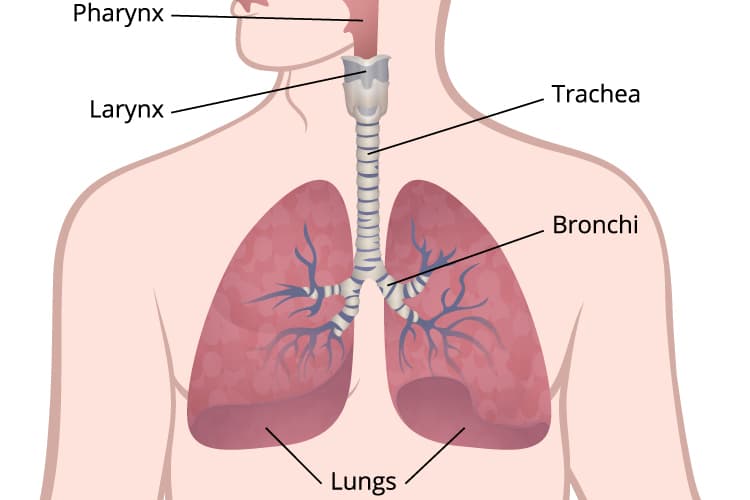Workplace inspections are a vital part of any successful business. They provide the opportunity to identify and correct potential hazards, as well as ensure that health and safety regulations are being adhered to. This is important both for the safety of employees, and to ensure that a business meets legal requirements.
In this article, we will discuss how to prepare for a workplace inspection, what happens during an inspection, and tips for completing risk assessments in the workplace.
How to Prepare for a Workplace Inspection
When preparing for a workplace inspection, everyone should be made aware of the visit and what to expect. Here are some preparation tips:
- Ensure a safe environment– Make sure that all potential hazards and risks are identified and addressed before the inspection. This includes ensuring that correct protective equipment is in use and that any hazardous materials are safely stored away.
- Inspect the premises– Check everything from top to bottom, including walls, ceilings, floors, windows, and any other areas that may pose a risk. Notify all staff of any potential safety issues, and make sure they are corrected.
- Test equipment– Make sure that all machinery and tools are in good working order and that employees know how to use them properly.
- Have documentation ready– Make sure all relevant documents are in order – including accident reports, health and safety policies, risk assessments, etc. This will make the inspection process smoother and easier.
What Happens During a Workplace Inspection?
Workplace inspections are generally carried out in two stages:
- Visual inspection– This is where the inspector looks around the workplace to identify any potential hazards or risks that may exist. These could include items such as exposed electrical wiring, hazardous materials, or unsafe working practices.
- Risk assessment– During this stage, the inspector will draw up a list of any hazards or risks that have been identified. The business owner is then required to develop an action plan for rectifying these issues.
Tips for Completing Risk Assessments in the Workplace
Performing regular risk assessments can be an effective way of identifying potential hazards before they become a problem. Here are some tips for completing risk assessments in the workplace:
- Take a proactive approach– Risk assessments should be carried out on a regular basis so that any potential problems can be identified early and addressed before they become an issue. For example, in Littleton, radon inspection is a critical part of any risk assessment. This is because exposure to radon gas can cause serious health problems.
- Involve all staff– All staff should be given the opportunity to contribute to risk assessments by providing their own observations and experiences of working in the workplace. This way, risks can be identified more easily and addressed more effectively. It also helps to create a culture of safety in the workplace.
- Give feedback– It is important to give employees feedback on any risks that have been identified and how they can be managed or eliminated. This will help staff feel more empowered to take responsibility for their own safety, as well as that of their colleagues.
- Keep records– Documenting all risk assessments and inspections can be extremely useful. It provides a record of any identified risks and the action taken to address them, which can be referred back to should any future issues arise. For instance, if an accident occurs, the records can be used to help determine what went wrong and take steps to prevent it from happening again.
Why It’s Important to Perform Regular Workplace Inspections
It is important to perform regular inspections in the workplace as they provide an opportunity to identify and rectify potential hazards or risks, as well as ensure that health and safety regulations are being adhered to. This can lead to improved morale among employees, fewer mistakes made on the job, less risk of costly accidents or injuries, and increased compliance with legal standards.
Nothing is more important than the safety of employees in the workplace. Regular inspections are a key part of ensuring that all staff members feel safe and secure in their work environment, which can lead to higher levels of productivity and efficiency.
By making workplace inspections a priority for your business, you can make sure that any potential risks are identified and addressed before they become serious problems. This means that you can continue running your business in a safe and compliant manner, minimizing the risk of costly legal action or injury claims.

